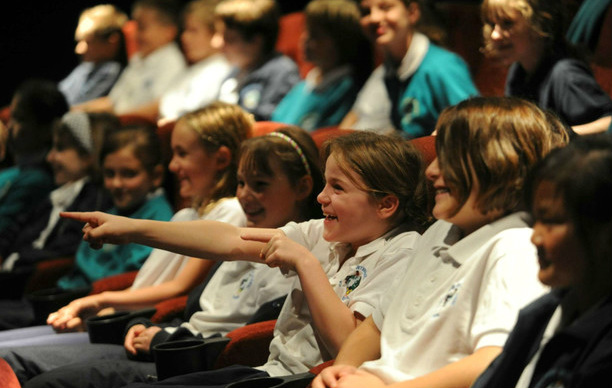Movies. We all love them and most of us spend hours each week watching at least one great film. Films can make us laugh like a hyena or cry like a baby, and then there are the films that leave us feeling mellow, calm and at peace. Films are wonderful for a variety of reasons but one of the greatest things about films is that they have an innate power to teach.
Yes, teach.
If not for my own personal experience I might not believe this. During my school days, I had a surprise music test was completely unprepared. However, I managed to score full marks because three of the questions that came up directly related to topics that had been mentioned in a film that I had recently watched. I was the only student in my class to pass that test but the experience of learning from a film stayed with me for years and in particular, it taught me about the power that movies have in terms of being a vehicle for bettering education.

Films are indeed wonderful educational tools but how can they be used by teachers to improve lessons?
Firstly, a film clip can be used to emphasise a point or concept that students might usually struggle to understand. For example, if you were teaching Creative Writing and your students were making little progress with descriptive writing, you could show them a short clip of a visually stimulating film and dissect a specific scene to get your students visually picturing and imagining how to describe what they see. The clip doesn’t need to be long; it can be as little as five minutes but just by incorporating it into the lesson, your students will start to think a little differently and will be far more engaged.
Films can also be used for other subjects. For example, if you were teaching RE, you could do a lesson on how people are becoming more spiritual and less religious; a film like Eat. Pray. Love would be great for giving students an example of how spirituality is playing an increasing role in people’s lives.
Similarly, if you’re a Maths teacher and you’re teaching a complex topic like the Cartesian coordinate system, you could show your students a scene from the film Lambada where the teacher talks about complementary angles. By embedding a simple clip into your lesson or even letting students watch the entire film, you’re getting students to see how Maths is used to solve problems.
As you can see, films can be used to support and enhance learning in almost any subject and they are an incredibly effective tool for enabling students to digest what they’ve learnt in an academic setting. Films are also brilliant for reinforcing ideas, getting students to see things from another perspective and improving their ability to engage and contribute in lessons.
Do you use film clips in your lessons? What are some of your favourites? Feel free to join the discussion below.



